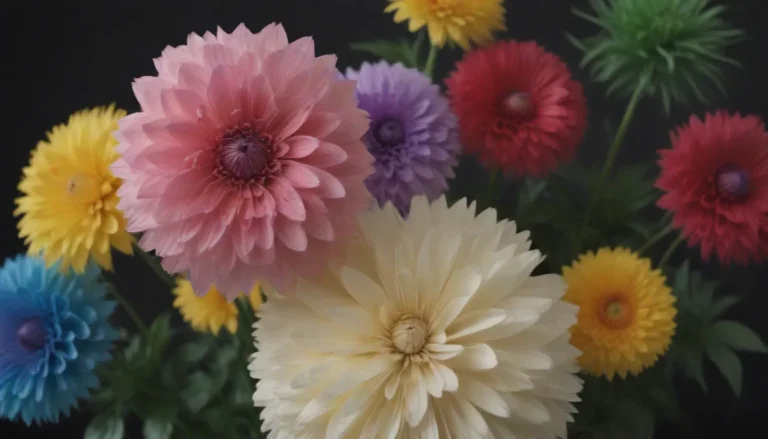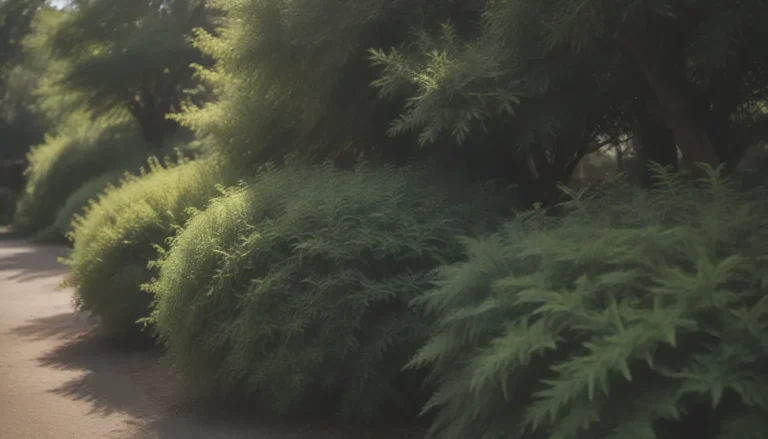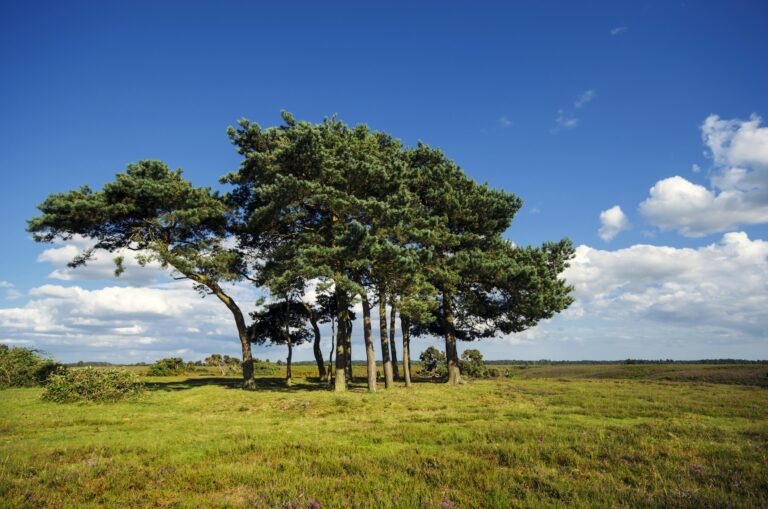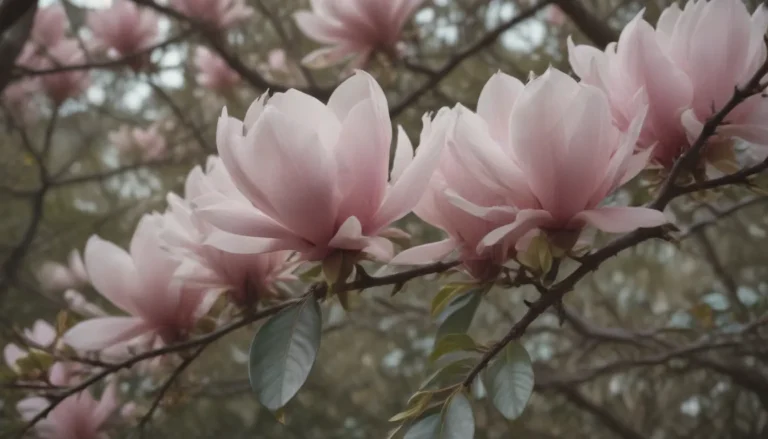The Ultimate Guide to Growing and Caring for Bearded Iris
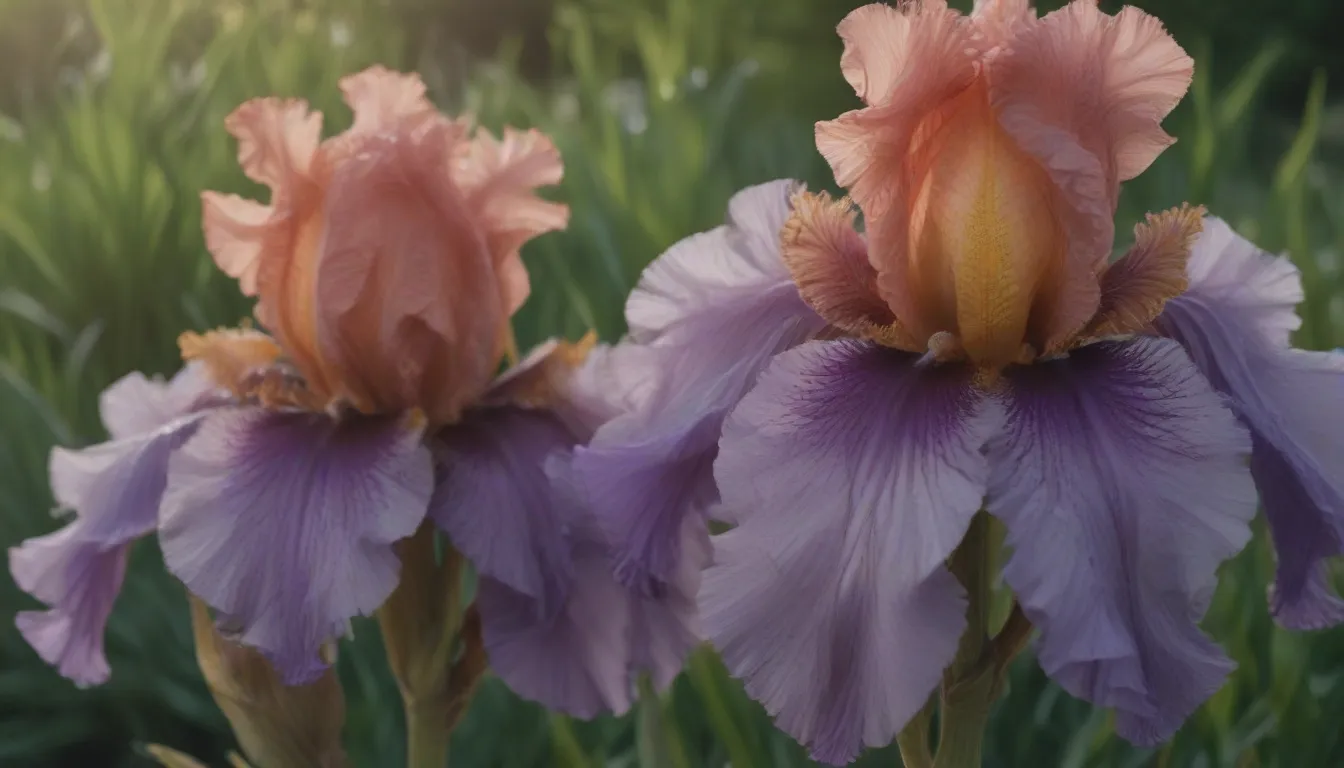
Welcome to the ultimate guide on how to grow and care for bearded iris! Bearded iris is a beautiful and popular flower that is easy to grow, but it does require some specific care to thrive. In this comprehensive article, we’ll walk you through all the information you need to know to successfully grow and care for these stunning flowers.
Introduction to Bearded Iris
The Iris genus is a diverse group of flowers with several distinct groups, each with unique cultural needs. Bearded iris (Iris germanica) is one of the most popular types of iris and is known for its sword-like leaves and flowers with six spreading or drooping lobes. These flowers are toxic to dogs and cats, so it’s important to keep this in mind when planting them in your garden.
Bearded Iris Care Tips
Bearded iris are relatively easy to grow as long as you provide them with the right conditions. Here are some essential care tips for growing bearded iris:
- Light: Bearded iris thrives in full sun, so make sure to plant them in a sunny location to encourage healthy growth and abundant blooms.
- Soil: Bearded iris prefer sandy or gravelly soils with good drainage. If your soil is heavy clay, consider planting them in raised beds or amending the soil with organic matter to improve drainage.
- Water: While bearded iris like moisture, it’s essential to ensure that the soil has good drainage to prevent rot problems. Water them when the top 2 inches of soil feel dry.
- Temperature and Humidity: Bearded iris are hardy plants that can withstand temperature extremes, as long as excess rain or snowmelt can drain away. Protect them from heavy winds and hail to prevent damage from iris borer larvae.
- Fertilizer: In the spring, apply a low-nitrogen fertilizer around your irises to promote healthy growth and abundant blooms.
Types of Bearded Iris
Bearded iris come in various subcategories, including tall bearded, intermediate bearded, short bearded, miniature bearded, and border bearded. Each type varies in stature and bloom time, so be sure to read plant labels carefully to understand what type of iris you are buying. Some popular award-winning bearded irises include “Celebration Song,” “Dusky Challenger,” and “That’s All Folks.”
Pruning and Propagating Bearded Iris
Pruning faded flowers helps promote additional blooms or even a repeat bloom period later in the season. Every four or five years, divide clumps of iris to keep them healthy and vigorous. Dividing irises not only yields more plants but also helps combat issues like iris borer infestations.
Propagating Bearded Iris From Seed and Overwintering
While propagation by seed is less common, you can grow iris from seeds found in green oval pods after the flowers fade. Overwintering involves trimming back foliage in the fall, removing any signs of rot or damage, and ensuring the roots are reestablished before freezing weather sets in.
Common Pests and Diseases
Bearded iris are relatively trouble-free, but they can still be affected by pests like iris borers and diseases like bacterial soft rot and fungal leaf spot. Good garden hygiene and prompt removal of affected plant material can help control these issues without the need for fungicides.
Troubleshooting Common Problems
If your bearded iris are not blooming, it could be due to issues like root rot, leggy flower stalks, or bacterial or fungal infections. Addressing these problems promptly can help your iris thrive and produce beautiful blooms.
Bearded Iris vs. Siberian Iris and Gladiolus
Bearded iris are hardy plants that bloom in spring with large flowers and fuzzy “beards” on their petals. Siberian iris, on the other hand, have smaller flowers without beards and are more tolerant of shade. Gladiolus flowers are tender perennials that grow from corms and are not hardy in colder zones.
In conclusion, bearded iris are stunning flowers that can bring beauty and elegance to your garden. By following the care tips outlined in this guide, you can successfully grow and enjoy these gorgeous blooms year after year. Whether you’re a novice gardener or a seasoned pro, adding bearded iris to your garden is sure to be a rewarding experience.
Remember, with some patience, attention, and love, your bearded iris will reward you with spectacular blooms and vibrant colors season after season. Happy gardening!

